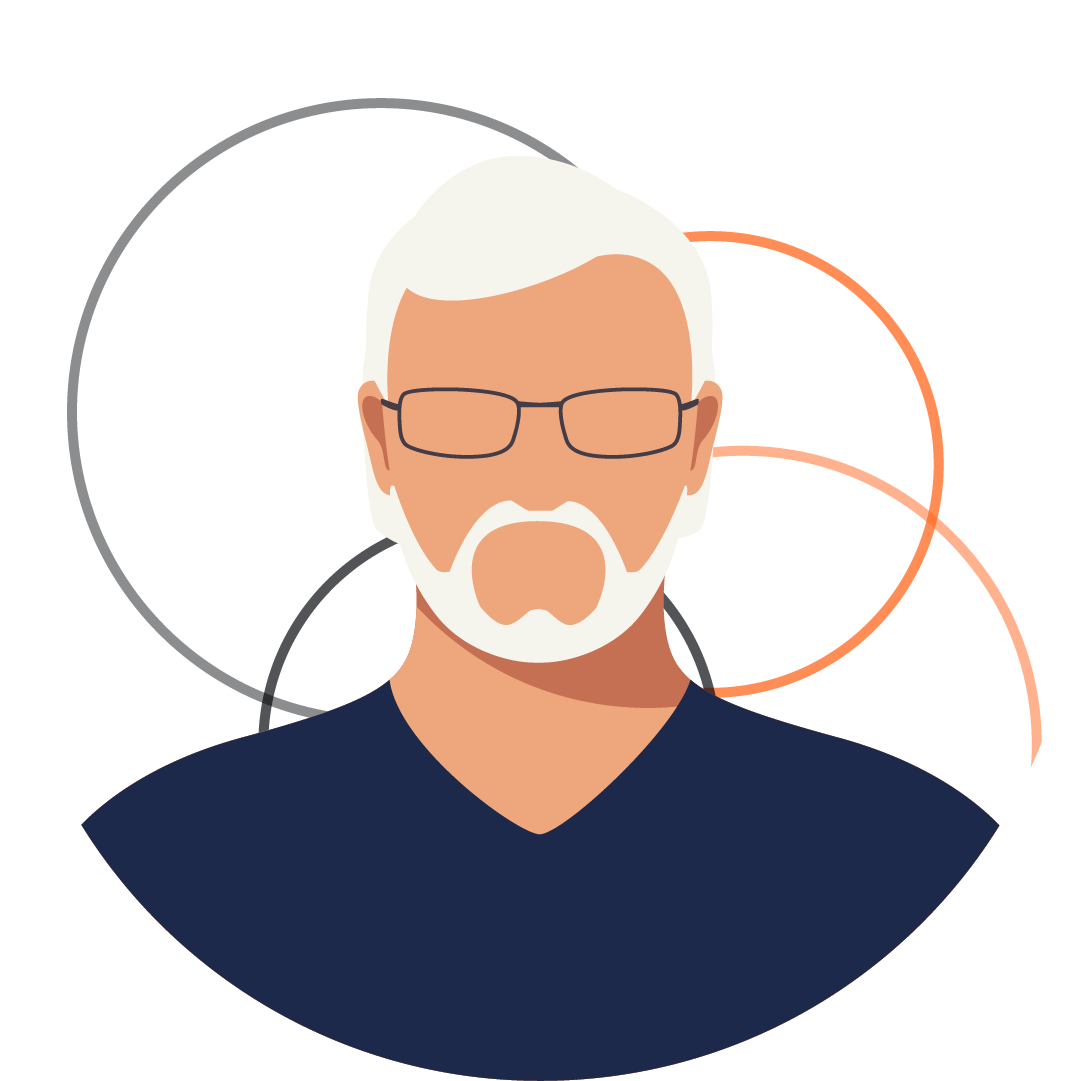What’s driving change in your organization?
Workloads are expanding beyond just leveraging virtualization. Big Data and analytics are requiring new approaches to infrastructure and IoT is blurring the lines of where data is generated and processed. IT teams are choosing the optimal infrastructure architecture to accommodate this application diversity but that can create silos, complex management models, and a lack of visibility and control.
There is a desire to automate deployment of VMs and containers through the use of Workflow orchestration, Terraform Services, and Ansible. Furthermore, workload optimization needs to be used to right-size resource requirements.
Your risk areas
Complexity continues to be Achilles heel. In the face of tremendous application growth, IT teams still choose unique systems and solutions for each application. In the short term that might seem like a good idea, but the overhead to plan, procure, operate, optimize, a portfolio of non-standard traditional rack environments makes it difficult to adapt, scale, and maximize efficiency.
Higher power and cooling costs, forklift upgrades to accommodate new technologies, and the inability to quickly respond to dynamic changes in application requirements. For example, in traditional rack environments, scale may come in small increments but at the expense of operational efficiency resulting in higher power and cooling costs. In most instances, automation and agility remain out of reach.
In an era where orchestration and automation are the key to agility, integration of disparate architectures is complexity that needs to be avoided.






